Ask Ethan # 81: Can you crawl out of a black hole?
Will a strong cable save you, or is your fate predetermined?

No one has yet been able, and will be able to avoid the consequences of their decisions.
- Alfred A. Montapert
Anyone can send their questions and suggestions to my column, but only the elect will be lucky to get an answer to them. This week, the honor goes to the user klooloola, who wants to clarify the existence of opportunities to escape from the black hole. The photon, of course, will not be able to escape from it, but maybe it will be able to do something else if we arrange everything as follows:
I wonder if it is possible to crawl out of a black hole. Not accelerating to escape speed, but using some hypothetical lift. Then you will not have to fly faster than light. You do not have to overcome the first cosmic speed, rising on the elevator. A large ship outside the event horizon of a large black hole with small tidal forces could hang a man on a cable, lower it beyond the event horizon, and then pull it back.
')
Interesting idea. Let's see if it is possible, or any other method.

The black hole is not just a superdense and supermassive singularity, in which space is so strongly curved that everything that fell there cannot escape. Usually, we imagine it this way, but the black hole, to be exact, is a region of space around such objects from which neither matter nor energy — even light — can escape.
There is nothing especially exotic here. If you take the sun as it is, and squeeze it up to several kilometers in diameter, you get exactly the black hole. Although the Sun is not in danger of such a transformation, there are stars that will turn into black holes just like that.

The most massive stars of the Universe are stars with a mass exceeding the solar one, twenty, forty, one hundred, or even in the center of the supercluster in the photo above, 260 times the bluest, hottest and brightest objects. They also burn nuclear fuel in their core the fastest: in just one or two million years instead of billions, as the Sun does.
When a star runs out of fuel, the nuclei of the atoms inside it undergo tremendous gravitational pressure: so strong that they collapse without the response pressure of the radiation produced during nuclear fusion. In less extreme situations, so much energy is accumulated in the nuclei and electrons that, as a result of the synthesis, they turn into a coherent mass of neutrons. If the mass of the nucleus is several times greater than the mass of the Sun, these neutrons are so dense and massive that they collapse and turn into a black hole.

Keep in mind that this is the minimum black hole mass: a few solar masses. Black holes can grow much more by merging, absorbing matter and energy and moving to the center of the galaxy. An object with a mass of four million solar was found in the center of the Milky Way, around which individual stars revolve, and which at the same time does not emit any light at any wavelength.

In other galaxies, there may be more massive black holes, thousands of times larger than our mass, and there is no theoretical upper limit for their mass. But we have not yet mentioned two interesting properties of black holes, which should lead us to the answer to today's question. The first is what happens with space as the mass of a black hole increases.
By the definition of a black hole, no object can escape from its gravitational attraction, regardless of its speed, even if it is equal to the speed of light. This boundary between the place where the object can escape and where it cannot, is known as the event horizon, and every hole has it.
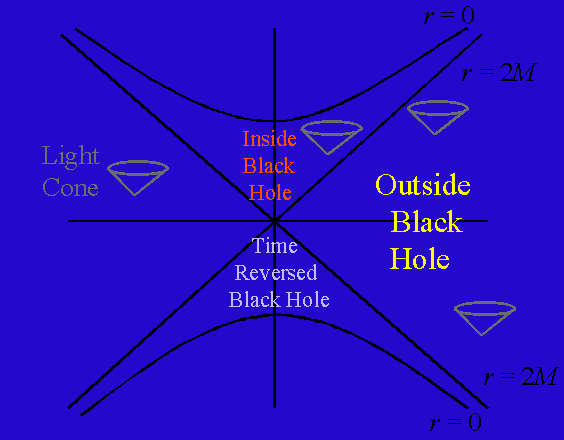
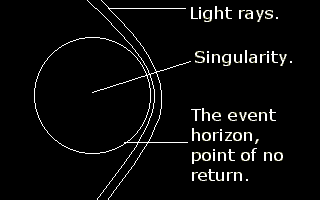
This may surprise you, but the curvature of space is much smaller at the horizon of events around the most massive black holes, and much more around less massive ones. Imagine the following: if you were “standing” on the horizon of a black hole event, and your feet were just on the border, and your head is about 1.6 meters further from the singularity, your body would have a stretching effect. If it were a black hole in the center of our Galaxy, this tensile force would be only 0.1% of the Earth's gravity. And if the Earth would turn into a black hole, and you would stand on its event horizon, then the tensile force would be 10 to 20 times stronger than gravity!

In such conditions we would have to check the reader's assumption. Of course, if these tensile forces are so small on the horizon boundary of events, they should not be much larger inside it, and therefore, given the electromagnetic forces holding solid objects, we could perhaps suspend the object outside the event horizon, cross it, and then pull out object back.
But is it possible? To understand, let's return to what is happening at the very border between a neutron star and a black hole: at the boundary of the required mass.
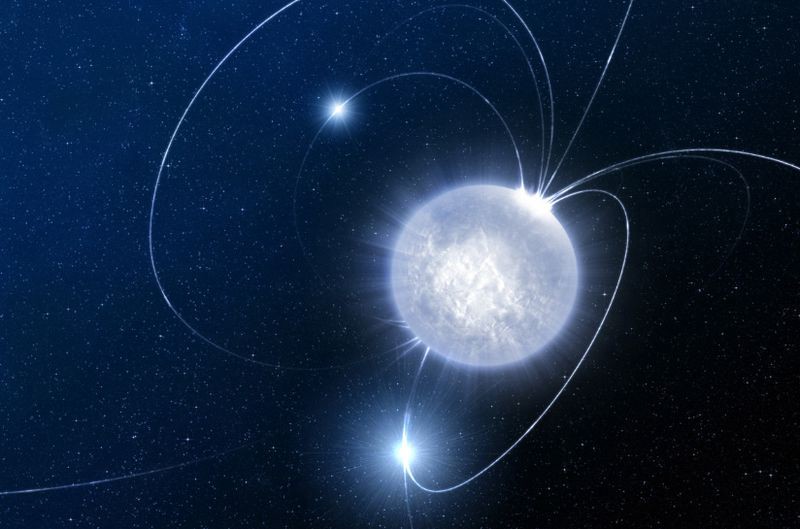
Imagine that you have an incredibly dense neutron ball, from the surface of which a photon can escape, instead of necessarily falling back onto a star. We place another neutron on its surface, and suddenly the nucleus will lose the ability to restrain the gravitational collapse. But let's distract from thoughts about what is happening on its surface, and imagine what is happening inside the region of the black hole formation.
Imagine a separate neutron consisting of quarks and gluons, and imagine that gluons to transfer interactions need to move from one quark to another.

One of the quarks will be closer to the singularity in the center of the black hole than the other. For the exchange of interactions — and for neutron stability — the gluon will at some moment have to move from the near to the far quark. But even at the speed of light (and gluons have no mass) this is impossible! All zero geodesics, that is, the paths along which an object moves at the speed of light, lead to a singularity at the center of a black hole. Moreover, they never move further from him than at the moment of the beginning of the path.
Therefore, the neutron inside the black hole event horizon has to collapse and become part of the singularity in the center.
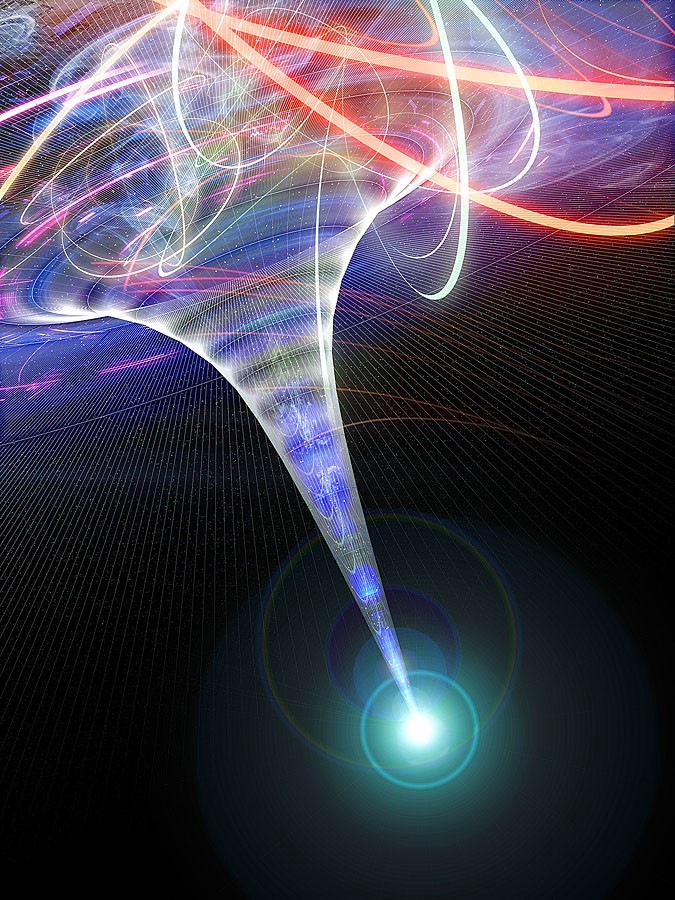
We return to the example with a cable. When any particle crosses the event horizon, it is already impossible for it to go back, even for light. But it is photons and gluons that are needed to transfer interactions with particles outside the event horizon - but they cannot get there!
This does not mean that the cable will break. Most likely, the force of attraction will tighten into the hole your whole ship. Of course, forces in certain conditions will not break you, but this is not the reason why the desire for singularity becomes inevitable. This is an incredible attraction force and the fact that particles of any mass, energy and speed can only be directed to the singularity immediately after crossing the event horizon.
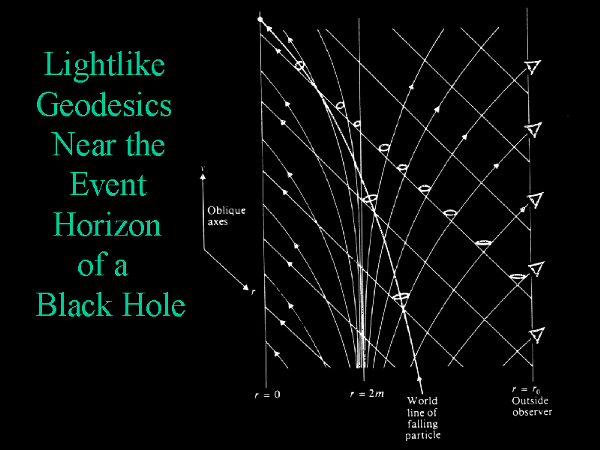
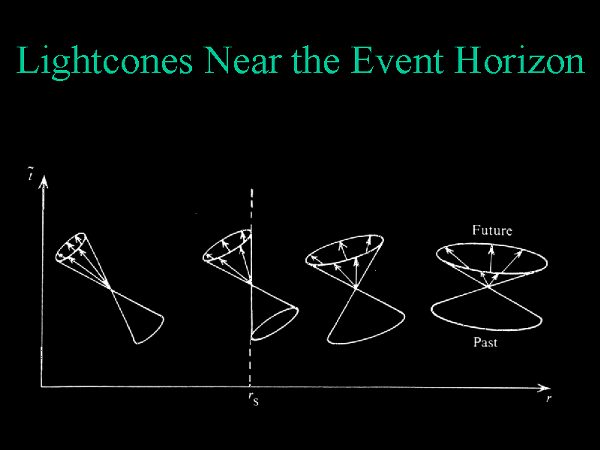
And, unfortunately, for this reason it is impossible to get out of the black hole after crossing the event horizon. Thank you for the wonderful question, and I hope you enjoyed the explanation! Send me your questions and suggestions for the following articles.
Source: https://habr.com/ru/post/396667/
All Articles